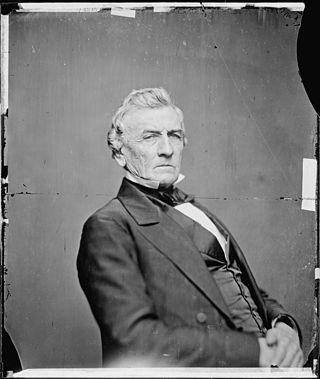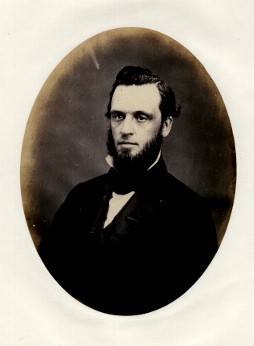Contents
| | This section needs expansion. You can help by adding to it. (April 2011) |
Volume one
The original first edition was printed in 1899 by the Government Printing office in Washington D.C. Only 6,000 copies were printed and presented to members of Congress and Senate. Two thousand for the use of the Senate and four thousand for the use of Congress. In 1911, there was a third printing and contained 20 volumes. There was no eleventh volume in the first printing. The index is contained in the tenth volume. These volumes are brown and have no seal.
The first edition of the series was first presented to Congress and the press on May 1, 1896, to much public acclaim. On May 22, Congress ordered 15,000 copies of the publication to be printed and distributed among the general public. It covers the terms of George Washington, John Adams, Thomas Jefferson, and James Madison between 1797 and 1817.
Volume two
Volume Two covers the presidential terms of James Monroe, John Quincy Adams, Andrew Jackson, and a little of Martin Van Buren. The Treasury Department at Washington, D.C. is illustrated as the frontispiece and includes the portraits of John Quincy Adams, Andrew Jackson, and Martin Van Buren.
Volume three
Volume Three finishes the office of Andrew Jackson and covers the term of Martin Van Buren. These occur between 1837 and 1841.
Volume four IV
- Part 1: William Henry Harrison, March 4 to April 4, 1841
- Part 2: John Tyler, April 4, 1841, to March 4, 1845
- Part 3: James K. Polk, March 4, 1845, to March 4, 1849
Volume five V
- Parts 1 and 2: Zachary Taylor, March 5, 1849, to July 9, 1850, and Millard Fillmore, July 10, 1850, to March 4, 1853
- Part 3: Franklin Pierce, March 4, 1853, to March 4, 1857
- Part 4: James Buchanan, March 4, 1857, to March 4, 1861
Volume six VI
- Part 1: Abraham Lincoln, March 4, 1861, to April 15, 1865
- Part 2: Andrew Johnson, April 15, 1865, to March 4, 1869
Volume seven VII
- Part 1: Ulysses S. Grant, March 4, 1869, to March 4, 1877
- Part 2: Rutherford B. Hayes, March 4, 1877, to March 4, 1881
Volume eight VIII
- Part 1: James A. Garfield: March 14 to September 19, 1881
- Part 2: Chester A. Arthur, September 19, 1881, to March 4, 1885
- Part 3: Grover Cleveland, March 4, 1885, to March 4, 1889
Volume nine lX
- Part 1: Benjamin Harrison, March 4, 1889, to March 4, 1893
- Part 2: Grover Cleveland, March 4, 1893, to March 4, 1897
Volume ten X
- Part 1: Messages, Proclamations, Etc., Omitted From Volumes I to IX
- Part 2: William McKinley: Messages, Proclamations, and Executive Orders Relating to the Spanish–American War
- Supplemental Volume:
- Part 1: William McKinley, March 4, 1897, to September 14, 1901: Additional Messages, Proclamations, Executive Orders, and Last Public Utterance to the People at Buffalo
- Part 2: Theodore Roosevelt: Messages, Proclamations, and Executive Orders to the End of the Fifty-seventh Congress, First Session







